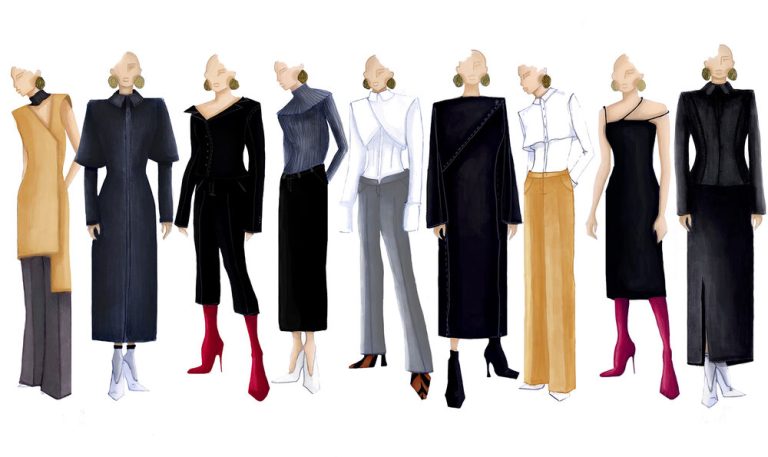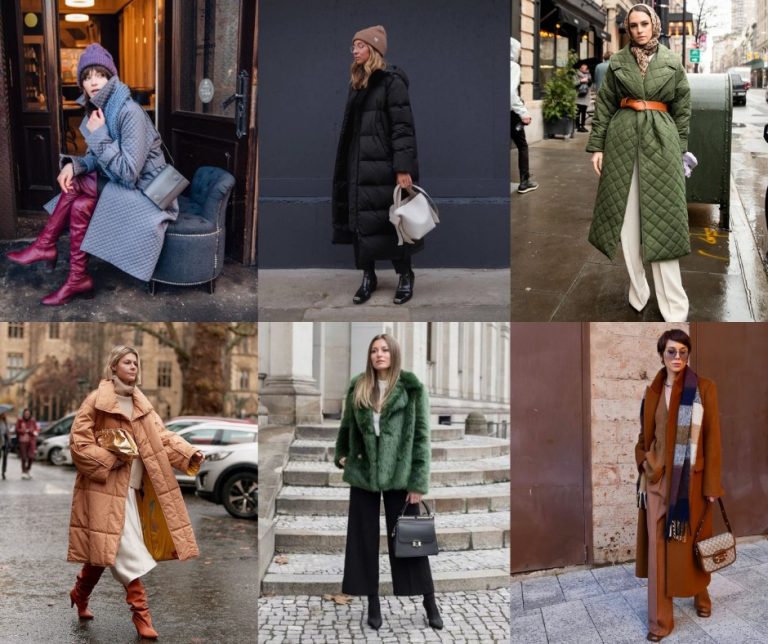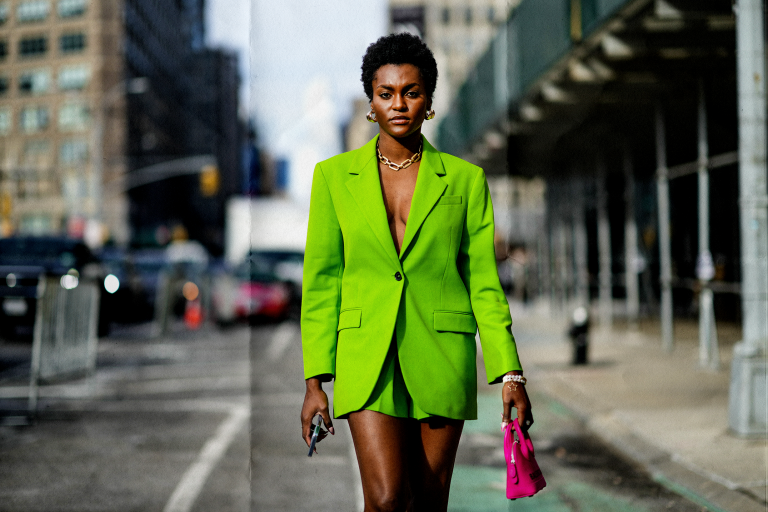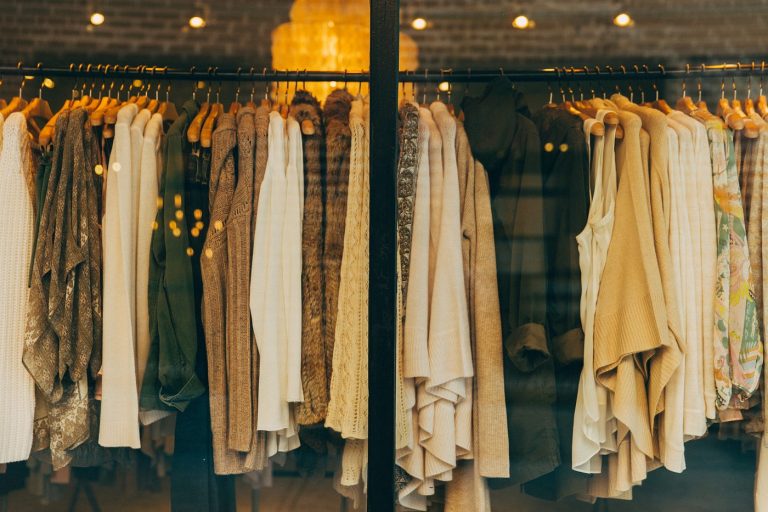A Beginner’s Comprehensive Guide for Women Ready to Discover, Define, and Elevate Their Personal Style
Starting a personal style journey can feel overwhelming. You scroll through social media, seeing perfectly curated wardrobes, and wonder how to translate that into your own closet. But true personal style isn’t about following trends; it’s about using clothing as a tool to express your authentic self and boosting your daily confidence. It’s a skill that can be learned, and this guide is your step-by-step roadmap to go from wardrobe confusion to effortless confidence.
Here is the essential breakdown for every woman ready to discover, define, and refine her unique personal style.
Step 1: The Self-Discovery Phase — Who Are You Dressing For?
Before you buy a single new item, you must understand the person you are dressing: yourself.
- Define Your Lifestyle (The 80/20 Rule): Look at how you spend 80% of your time. Are you a busy professional (need smart casual), a remote worker (need elevated loungewear), or a full-time student (need durable, comfortable layers)? Your wardrobe should reflect your actual life, not the life you think you should have.
- Visual Research (Your Style Mood Board): Open a Pinterest board or a folder on your phone. Start saving images of outfits, colors, textures, and even art that you instinctively love. Do not critique—just save. After a week, look for patterns:
- Color Palette: Are the colors mostly neutrals, bright, deep jewel tones, or pastels?
- Silhouettes: Do you gravitate toward flowing, loose shapes, or tailored, structured pieces?
- Vibe: Is the overall feeling minimal, bohemian, classic, edgy, or romantic?
- Find Your Three Adjectives: Based on your mood board, boil your dream style down to 2-3 words. Every time you buy something new, ask, “Does this piece fit my three words?”
- Examples: Classic, Elevated, Approachable. OR Minimal, Bold, Architectural.
Step 2: The Wardrobe Detox — Clarity Starts Here
You can’t build a great wardrobe on top of a messy one. This process is about clearing space and understanding what you already own.
- The “Maybe” Box Method: Go through every item of clothing. Create three piles: Keep, Donate/Sell, and Maybe. Put the “Maybe” items in a clearly labeled box and put it out of sight for six months. If you haven’t opened it, you don’t need those items.
- Analyze Your “Keep” Pile: Ask yourself these questions about every item you decide to keep:
- Do I love it? (Not just like it.)
- Does it fit me perfectly right now?
- Have I worn it in the last year?
- Is it in good condition? (If not, move it to a “Repair” pile.)
- Identify the Gaps: Look at your favorite outfits. What are they missing? Maybe you have ten great tops but no versatile trousers to wear them with, or you have tons of black but no light-colored basics. This is your shopping list.
Step 3: Build Your Foundation: The Capsule Wardrobe
A capsule wardrobe is a small collection of versatile, classic pieces that can be easily mixed and matched. These are the workhorses that make getting dressed easy.
- Choose Your Core Colors: Select 2-3 neutral colors that form the base of your wardrobe (Black, Navy, Cream, Grey, Tan). Then, select 1-2 accent colors that you love and that complement your neutrals (e.g., Emerald Green or Sky Blue).
- Invest in Your 10 Core Pieces: These items should be high-quality and timeless.
- The Perfect T-Shirt (White, Black, or your primary neutral)
- Well-Fitting Jeans (or trousers)
- A Classic Trench Coat or structured jacket
- A Neutral Knit Sweater or Cardigan
- A Crisp Button-Down Shirt (White or light blue)
- A Versatile Midi Skirt or A-line dress
- Simple, Comfortable Sneakers
- Classic Ankle Boots or loafers
- A Quality Belt
- Quality Over Quantity: For these foundation pieces, spend a little more on fabrics that hold their shape (wool, cotton, linen) and pieces that are well-constructed. They will last longer and look better.
Step 4: The Fit Factor: Your Secret Weapon
The single biggest difference between someone who looks “styled” and someone who doesn’t is fit.
- Embrace Tailoring: Find a local tailor and view them as your wardrobe MVP. Even an inexpensive pair of trousers can look custom-made with simple adjustments to the hemline or waist. Hemming is non-negotiable for trousers and jeans.
- Flatter Your Body: Learn your body shape (apple, pear, hourglass, etc.) and understand which silhouettes are most flattering. For example, if you have narrow shoulders, you might opt for puff sleeves or structured jackets to balance your shape.
- Check the Shoulders: The shoulder seam of a shirt or jacket should end exactly where your natural shoulder ends. If it’s too wide, the garment looks sloppy; if it’s too narrow, it looks tight.
Step 5: Adding Personality and Walking the Walk
Once you have your foundation, it’s time for the fun details that make the style uniquely yours.
- The Power of the Third Piece: An outfit of a top and jeans is simple. Add a third piece—a jacket, a scarf, a vest, or a bold necklace—and it instantly looks intentional and complete.
- Master Accessories: Accessories are the easiest way to incorporate trends without committing to expensive items. A great pair of sunglasses, a unique piece of jewelry, or a brightly colored bag can completely transform a neutral outfit.
- The Final Step: Confidence: The most important style tip is internal. Stand tall, make eye contact, and wear your clothes with ownership. No outfit, no matter how expensive or perfectly styled, looks good without genuine confidence. True style is simply the outward manifestation of feeling good about yourself.





